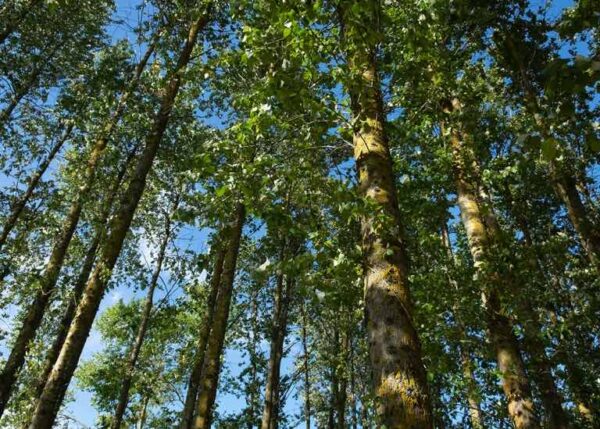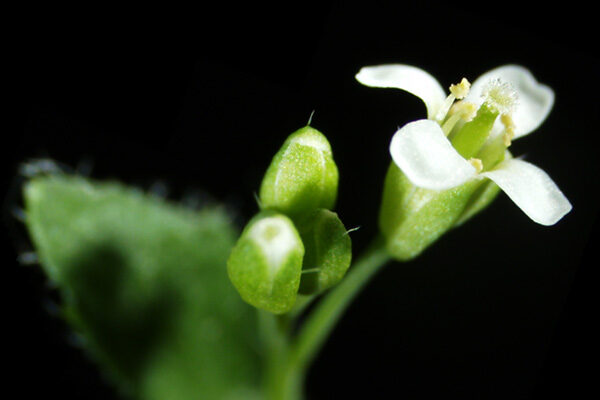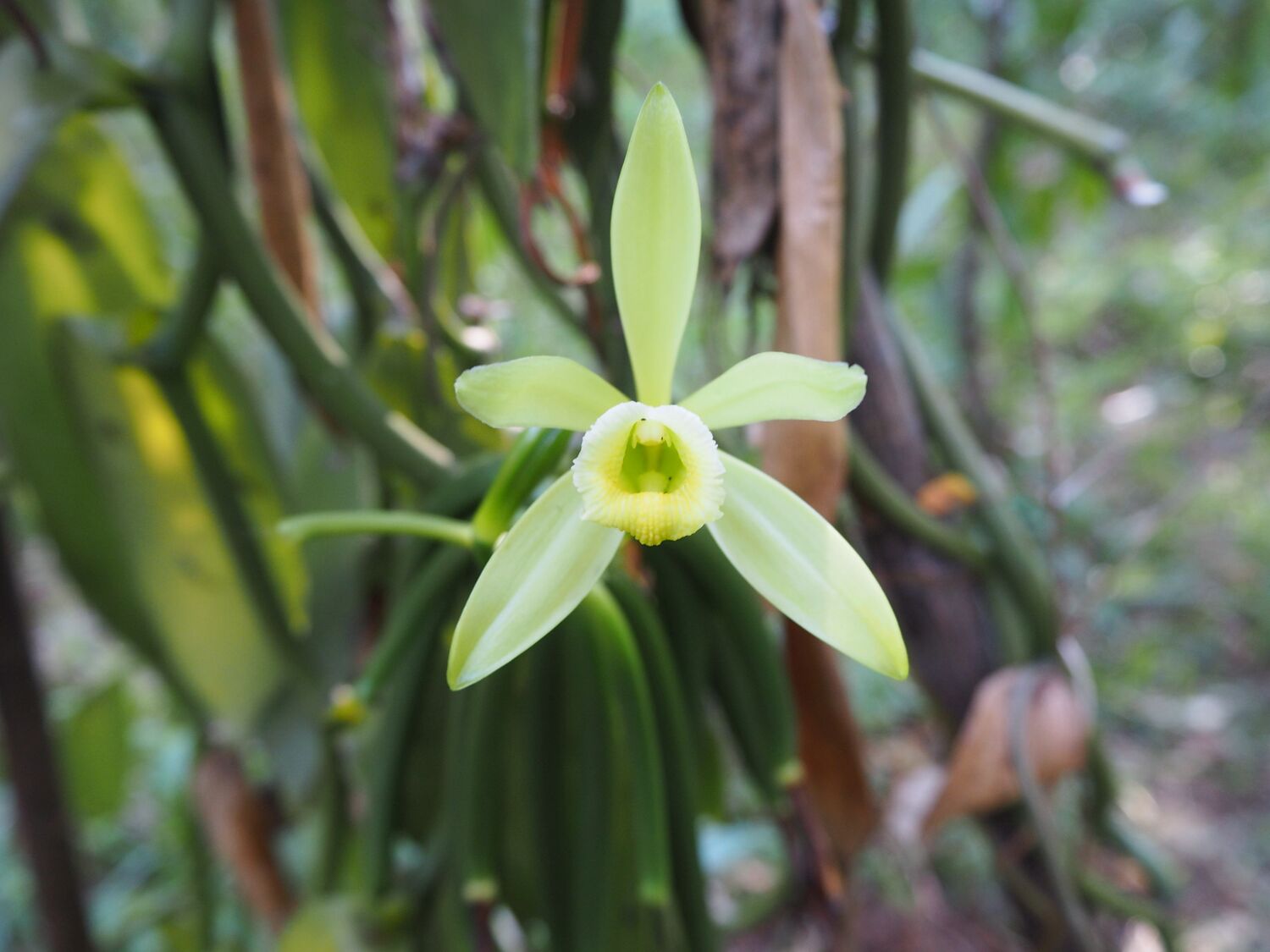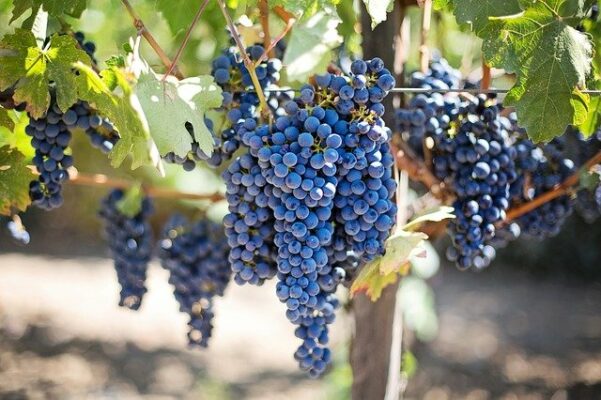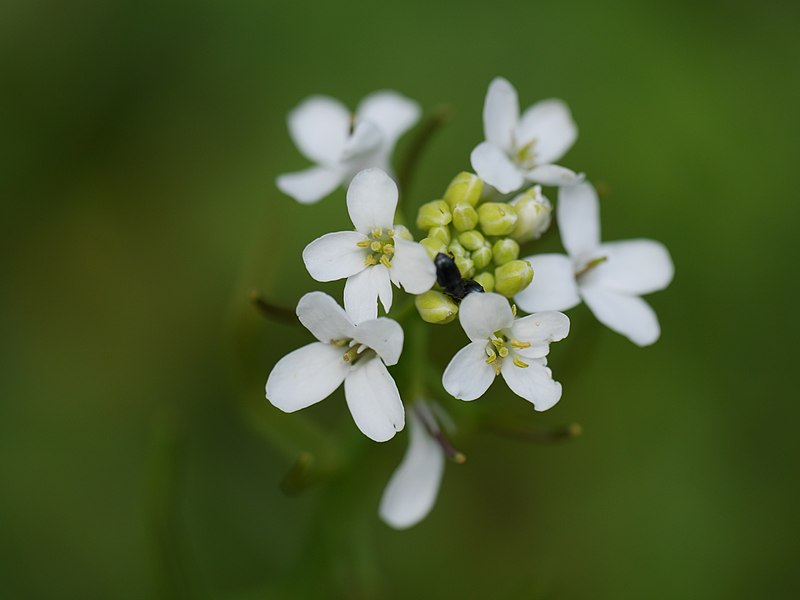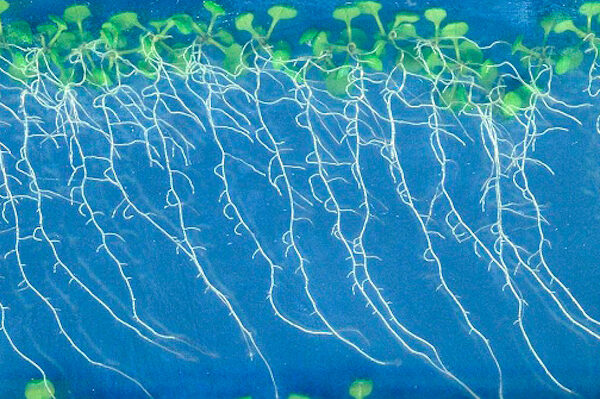
How we love chocolate! The big downside of this love is that more chocolate consumption directly implies more cocoa plantations, which has led to significant loss of forests especially in West Africa. In the coming decades is expected both an…
Read More


